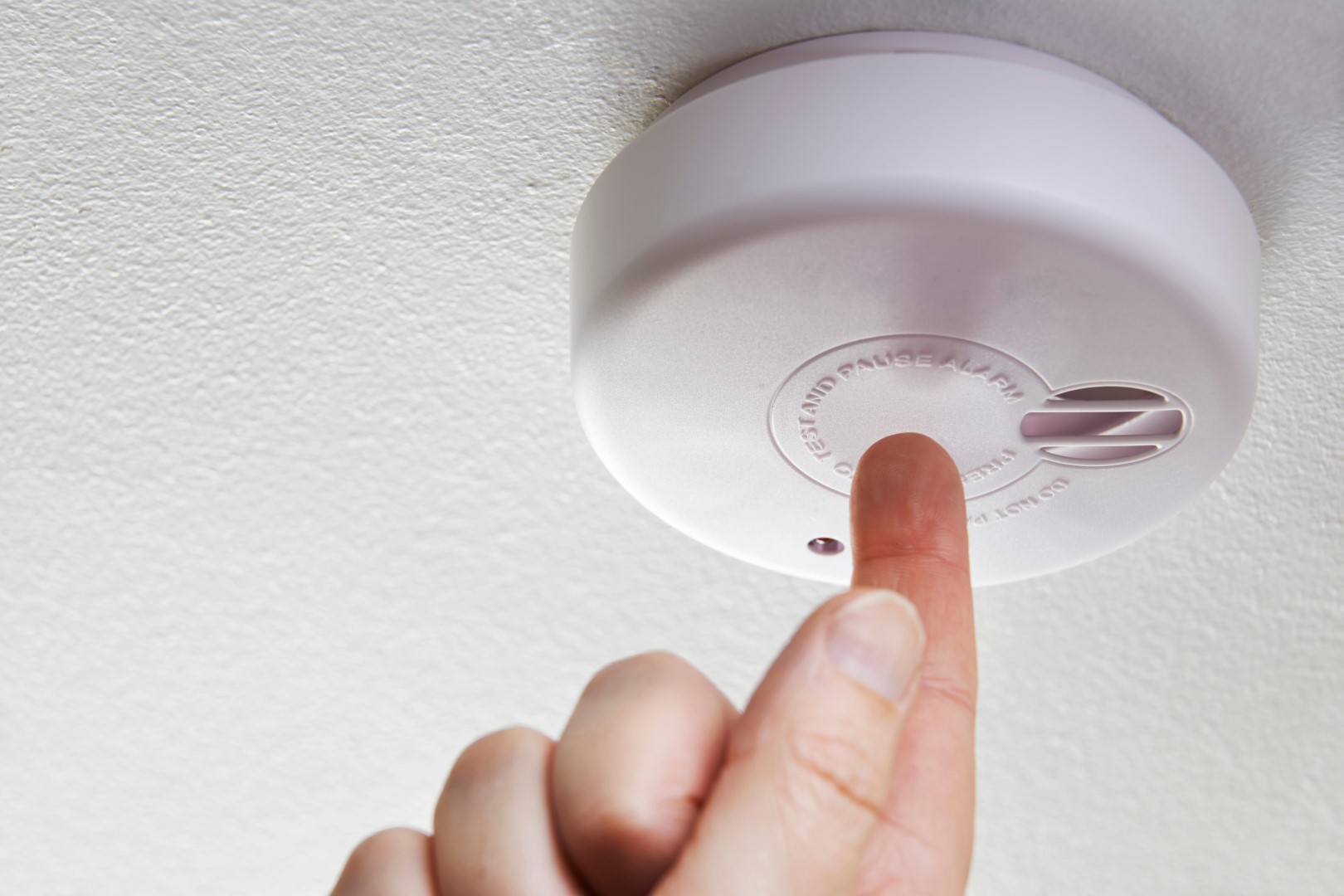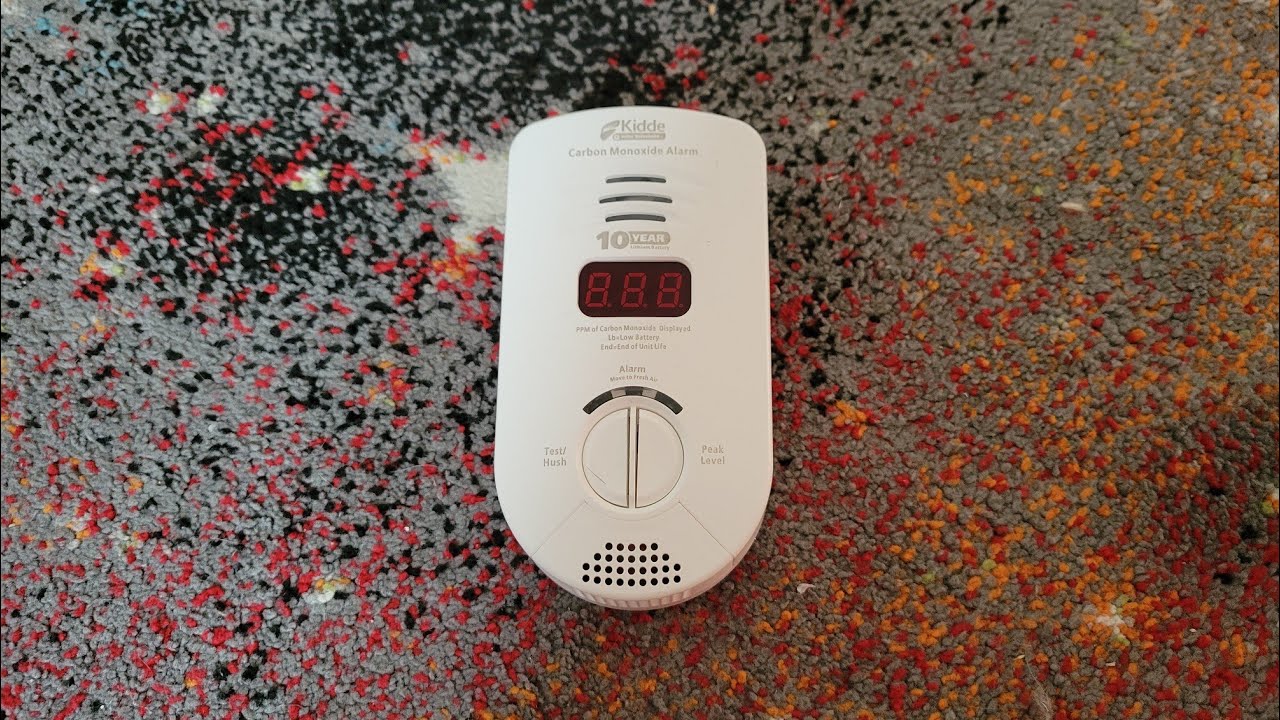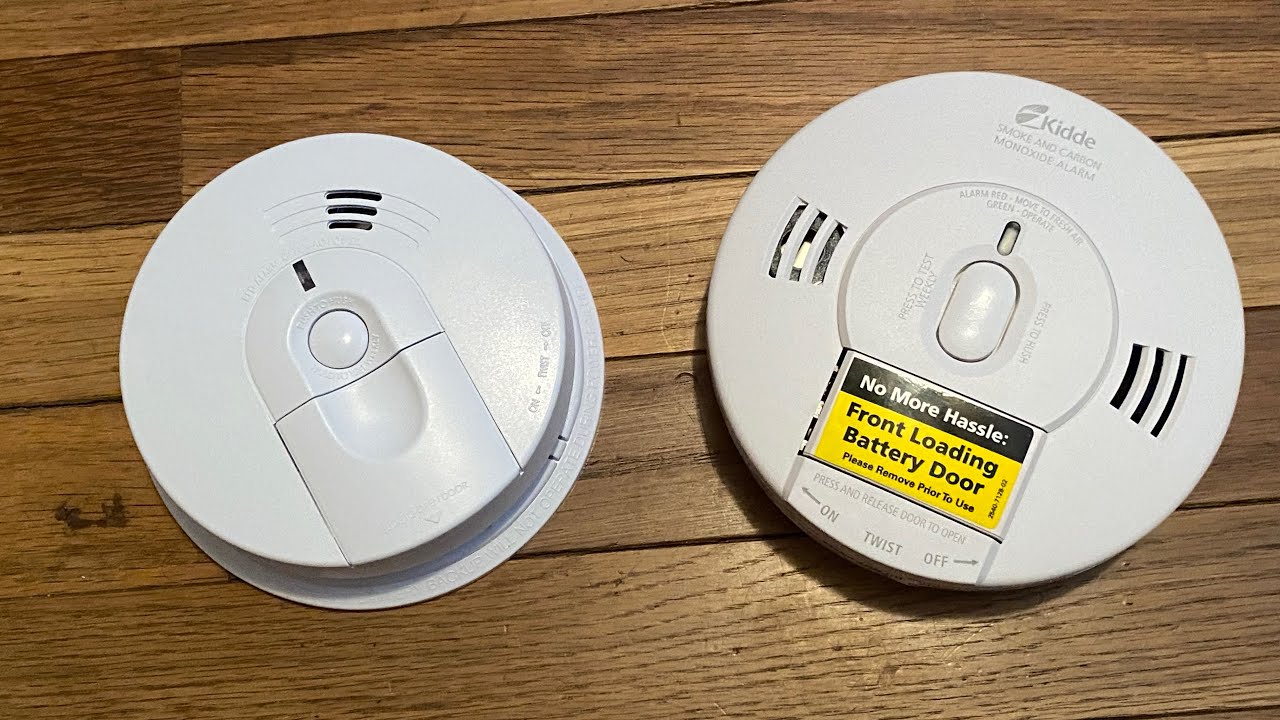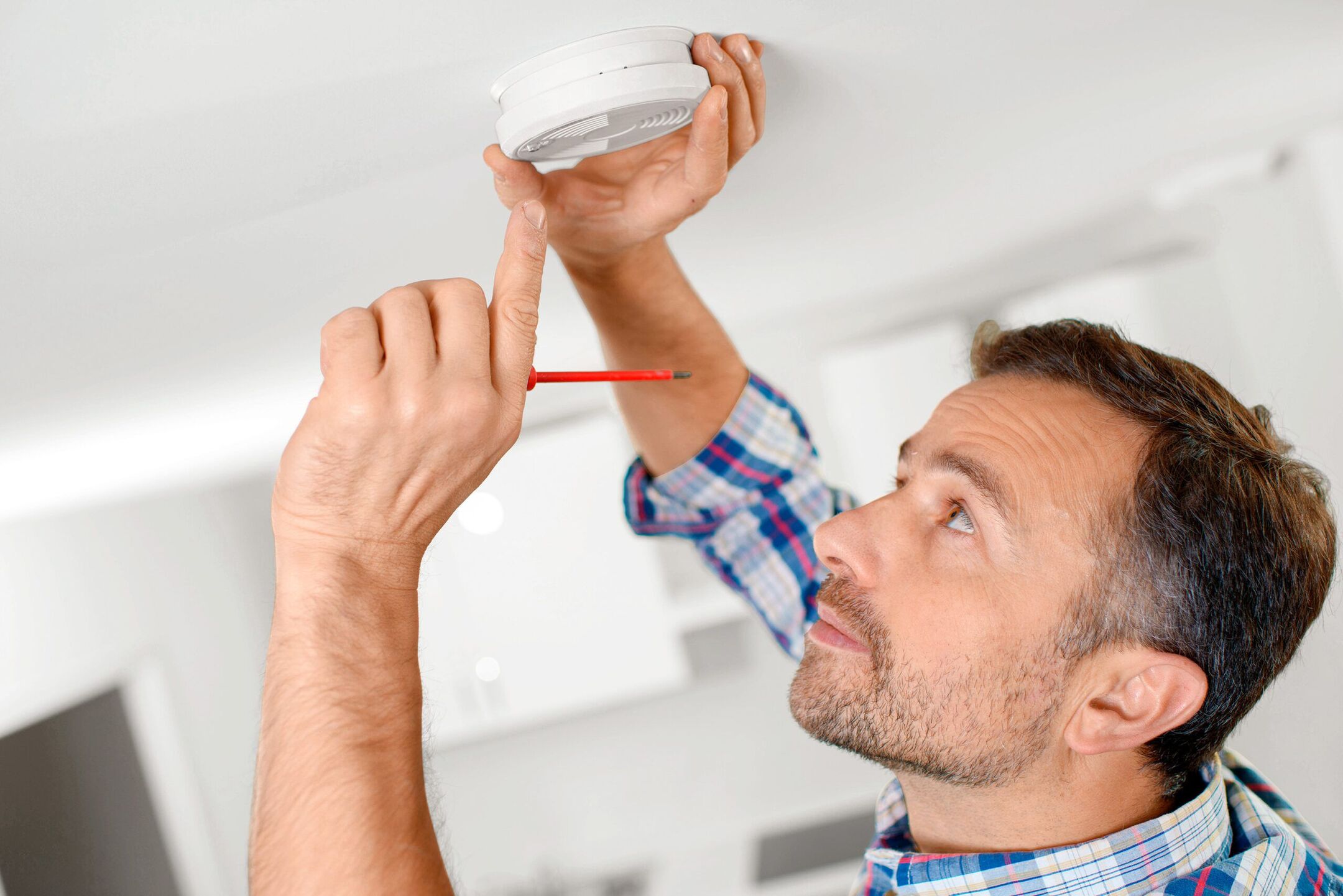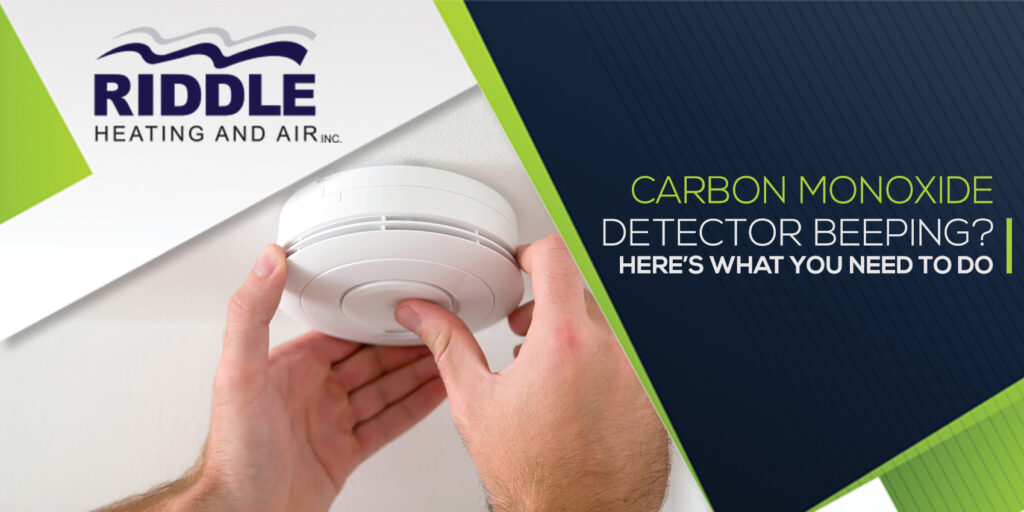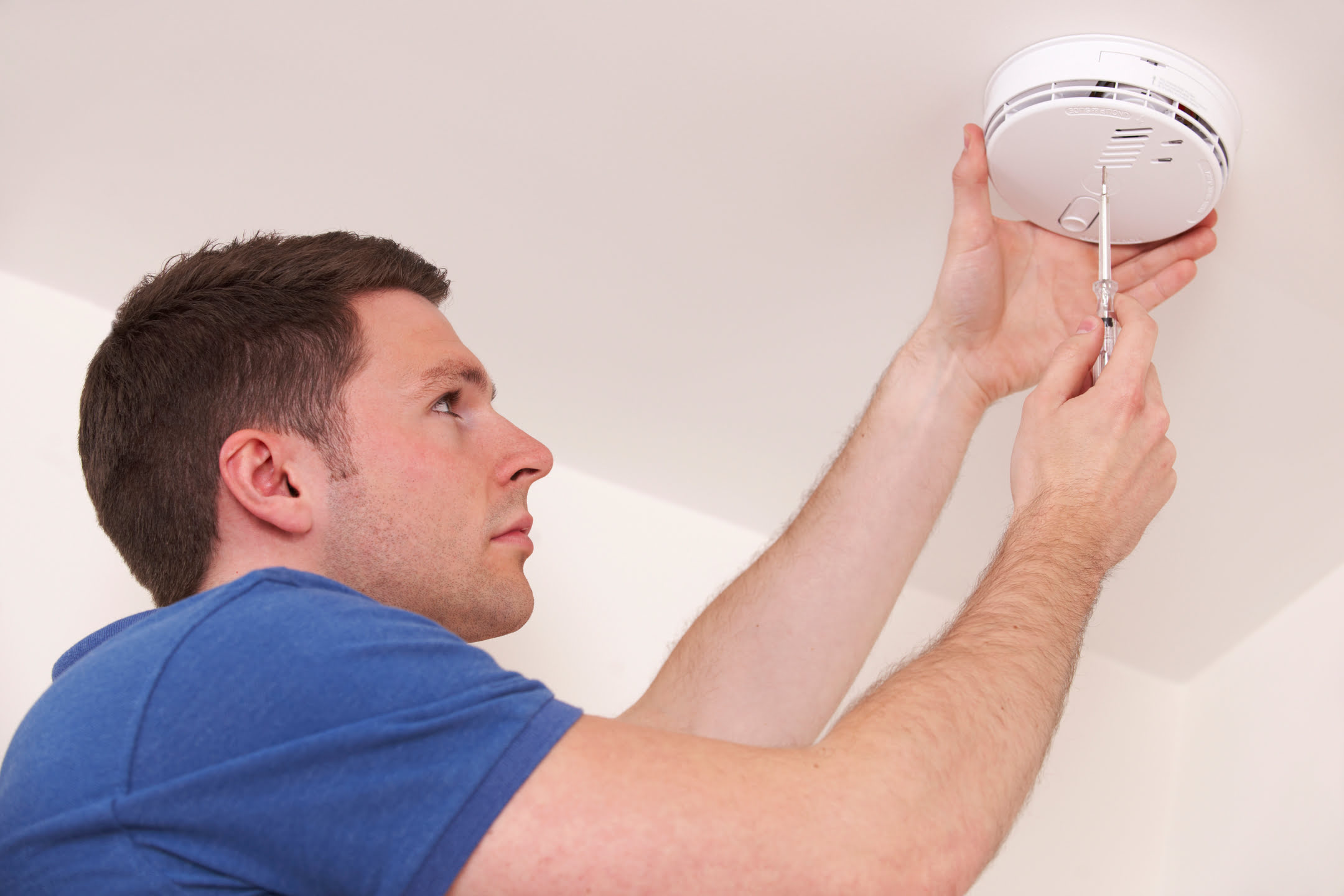Carbon Monoxide Detector How To Turn Off
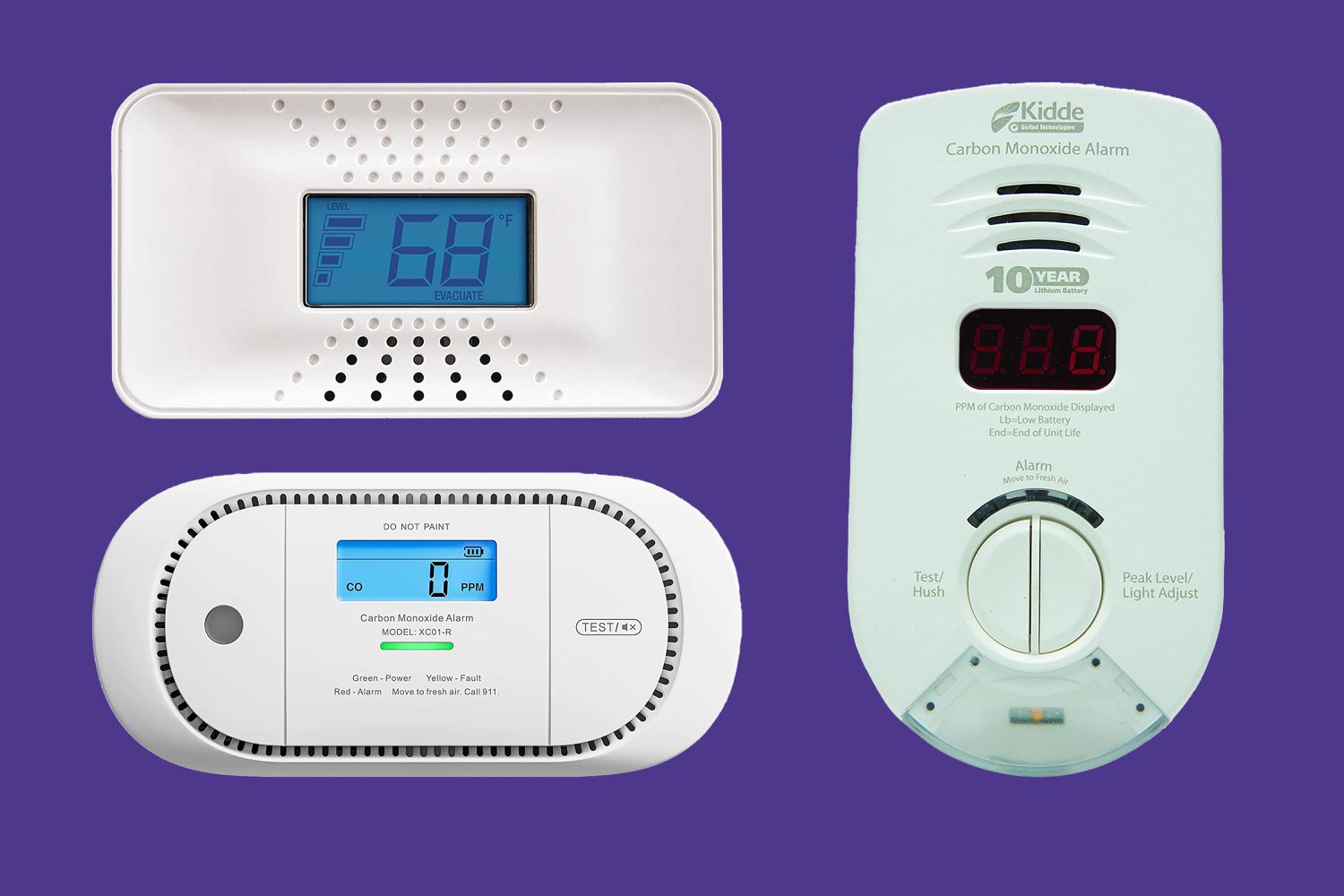
A beeping carbon monoxide (CO) detector can be incredibly stressful. It usually signals danger, and when it won't stop, it can feel like a full-blown emergency. While the primary function of a CO detector is to save lives, a false alarm or a malfunction can create unnecessary panic. This guide will walk you through some practical steps to troubleshoot and safely turn off your CO detector, while emphasizing when you need to call in the professionals.
Understanding the Urgency
Before diving into troubleshooting, it's crucial to understand the potential danger. If your CO detector is alarming and you suspect a real CO leak, immediately evacuate everyone from the premises and call 911 or your local fire department from a safe location. Do not re-enter until the authorities have given the all-clear.
Once you've ruled out a genuine emergency, you can proceed with troubleshooting the device itself.
Step-by-Step Troubleshooting Guide
Here's a logical sequence to follow when your CO detector won't stop beeping:
Step 1: Silence the Alarm (Temporarily)
Most CO detectors have a Test/Silence button. Press and hold this button. This should temporarily silence the alarm, usually for a few minutes. This gives you time to investigate the situation without the incessant beeping. Note that some detectors may require you to hold the button for several seconds.
Step 2: Rule Out a Real CO Leak
Even if you suspect a false alarm, it's essential to be certain. Consider these factors:
- Recent use of fuel-burning appliances: Have you recently used your furnace, water heater, gas stove, fireplace, or any other appliance that burns fuel? A malfunctioning appliance can release CO.
- Strange odors: CO is odorless, but a related issue with your appliances might cause a smell.
- Symptoms in occupants or pets: Are anyone in the house experiencing headache, dizziness, nausea, or flu-like symptoms? These can be signs of CO poisoning.
- Other alarms sounding: Is there another CO detector sounding, or a smoke alarm? Multiple alarms might indicate a serious issue.
If you have ANY reason to suspect a CO leak, evacuate immediately and call emergency services.
Step 3: Check the Detector's Age
CO detectors have a limited lifespan, typically 5-10 years, depending on the model. Check the manufacturing date, usually printed on a label on the back or side of the detector. If the detector is older than its expiration date, it needs to be replaced. An expired detector may malfunction and give false alarms, or fail to detect CO properly.
Step 4: Inspect the Batteries
A common cause of CO detector beeping is low batteries. Here's how to check them:
- Battery type: Identify the type of batteries required (usually AA or 9V).
- Battery compartment: Open the battery compartment (usually on the back or side).
- Battery condition: Check for corrosion or leakage. If present, carefully clean the compartment with a dry cloth or cotton swab.
- Battery replacement: Replace the batteries with new, high-quality batteries of the correct type.
- Test again: After replacing the batteries, press the Test/Silence button to see if the alarm clears.
Note: Even if the detector is hardwired (connected to your home's electrical system), it likely has a battery backup. Low batteries in a hardwired detector will often cause a beeping sound.
Step 5: Check for Dust and Debris
Dust and debris can interfere with the sensor's function, causing false alarms. Carefully vacuum the outside of the detector with a soft brush attachment. You can also use a can of compressed air to gently blow out any dust that may have accumulated inside the vents. Do not use liquids or cleaning solutions, as these could damage the sensor.
Step 6: Verify Placement
The location of your CO detector can affect its performance. Improper placement can lead to false alarms or a failure to detect CO effectively. Consider the following:
- Recommended locations: CO detectors should be installed on each level of your home, and near sleeping areas.
- Avoidance areas: Avoid placing CO detectors in kitchens, bathrooms, garages, or near furnaces, as these areas can have high levels of humidity or other gases that can trigger false alarms.
- Distance from appliances: Keep CO detectors at least 10 feet away from fuel-burning appliances.
If your detector is in a location that doesn't meet these guidelines, consider relocating it to a more suitable spot.
Step 7: Reset the Detector
Some CO detectors have a reset function that can clear errors and restore normal operation. Consult the manufacturer's instructions for the specific reset procedure for your model. Generally, this involves:
- Removing the batteries (if battery-powered).
- Unplugging the detector (if hardwired) from the electrical outlet.
- Pressing and holding the Test/Silence button for a specified period (usually 15-30 seconds).
- Reinstalling the batteries (if battery-powered).
- Plugging the detector back in (if hardwired).
- Testing the detector by pressing the Test/Silence button.
Step 8: Address Environmental Factors
Certain environmental factors can sometimes trigger false alarms. These include:
- High humidity: Excessive humidity can affect the sensor. Ensure proper ventilation in areas with high humidity.
- Aerosol sprays: Using aerosol sprays (hair spray, cleaning products, etc.) near the detector can trigger a false alarm. Avoid spraying these products directly near the detector.
- Paint fumes: Fresh paint fumes can also cause false alarms. Ensure proper ventilation when painting.
- Cleaning chemicals: Strong cleaning chemicals may contain gases that can trigger a false alarm.
Step 9: Check for Power Outages (Hardwired Detectors)
For hardwired CO detectors, a brief power outage can sometimes cause the detector to beep intermittently, even after power is restored. The detector may be signaling that its battery backup was used during the outage. Replace the battery as described in Step 4 to resolve this issue.
When to Call a Professional
While many CO detector problems can be resolved with simple DIY troubleshooting, certain situations require the expertise of a qualified professional. Do not attempt repairs involving electricity, gas, or complex internal components. Call a qualified electrician, HVAC technician, or your local fire department in the following cases:
- Suspected gas leak: If you suspect a gas leak, evacuate immediately and call 911 or your local fire department.
- Malfunctioning fuel-burning appliance: If you suspect a malfunctioning fuel-burning appliance, call a qualified HVAC technician to inspect and repair the appliance.
- Electrical issues: If you suspect an electrical problem with a hardwired detector, call a qualified electrician. Do not attempt to repair electrical wiring yourself.
- Persistent alarms after troubleshooting: If you've tried all the troubleshooting steps and the detector continues to alarm, it may be faulty and need to be replaced by a professional.
- If you are uncomfortable with any of the troubleshooting steps outlined above: Your safety and the safety of your family are paramount. If you are unsure about any step, it's always best to err on the side of caution and call a professional.
Prevention and Maintenance
Preventing CO detector problems is crucial for ensuring your safety. Here are some tips for maintaining your CO detectors:
- Test regularly: Test your CO detectors at least once a month by pressing the Test/Silence button.
- Replace batteries annually: Replace the batteries in your CO detectors at least once a year, even if they are still working. A good time to do this is when you change your clocks for daylight saving time.
- Clean regularly: Vacuum or dust your CO detectors regularly to prevent dust and debris buildup.
- Replace detectors when expired: Replace your CO detectors when they reach their expiration date.
- Maintain fuel-burning appliances: Have your fuel-burning appliances inspected and serviced regularly by a qualified professional.
- Install enough detectors: Ensure you have enough CO detectors installed in your home, following the manufacturer's recommendations.
Choosing a Replacement CO Detector
If your CO detector needs to be replaced, consider these factors when choosing a new one:
- Type: Choose between battery-powered, hardwired, or combination smoke/CO detectors.
- Features: Look for features such as digital displays, voice alerts, and remote monitoring capabilities.
- Certification: Ensure the detector is certified by a recognized testing laboratory, such as UL (Underwriters Laboratories).
- Lifespan: Check the expected lifespan of the detector before purchasing.
- Price: Compare prices and features to find a detector that meets your needs and budget.
Final Thoughts
A functioning CO detector is a critical safety device that can save lives. By following this troubleshooting guide, you can often resolve common issues and prevent unnecessary panic. Remember to prioritize safety and call a professional when dealing with electricity, gas, or complex repairs. Regular maintenance and timely replacement are essential for ensuring your CO detectors are always ready to protect you and your family from the dangers of carbon monoxide.
